
Real-time traffic monitoring to analyze traffic density, vehicle speeds, and congestion hotspots using live video feeds. Traffic pattern insights to identify peak hours, recurring bottlenecks, and seasonal traffic trends. Origin-destination analysis to map vehicle movement to understand common routes and travel behavior.
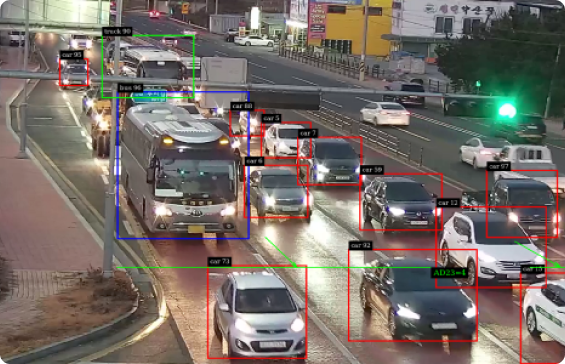
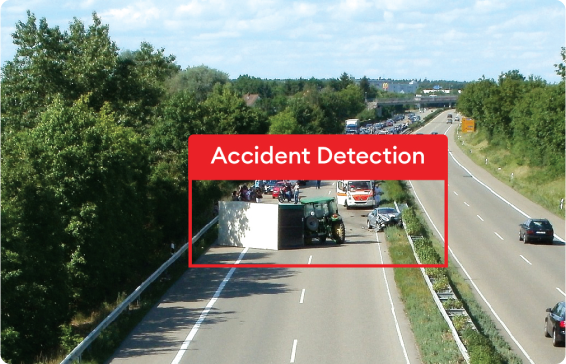
Accident detection for real-time identification of crashes, near misses, and stalled vehicles. Anomaly detection to spot unusual traffic patterns that could indicate incidents or disruptions. Emergency response optimization to automate alerts to authorities for faster incident response.
Driver behavior analysis to detect rash driving, sudden lane changes, and signal violations. Pedestrian safety monitoring to ensure pedestrian crossings are safe and unobstructed. Vulnerable road user analysis to monitor cyclists, children, and elderly pedestrians' safety.
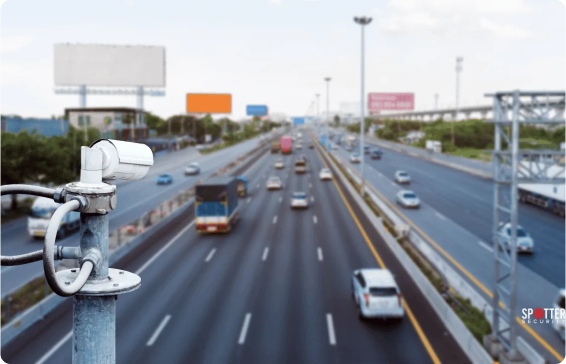
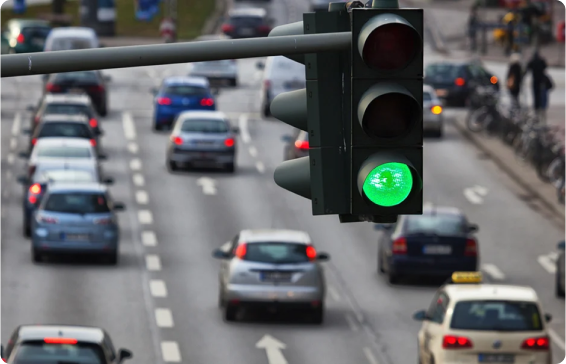
Dynamic traffic light control to adjust signal timings based on real-time traffic density and flow. Queue length prediction to reduce vehicle idling and fuel wastage by optimizing traffic lights.
Smart parking solutions to identify vacant parking spots and predict demand surges. Parking violation detection to identify vehicles parked in no-parking zones or blocking emergency exits.
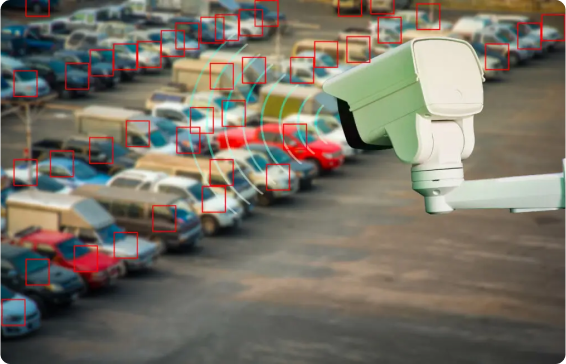
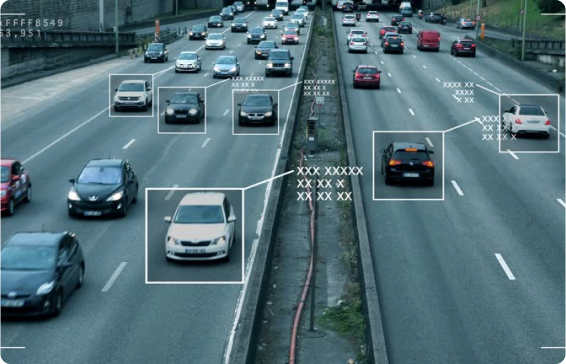
Traffic rule violation detection to identify red-light jumpers, lane violations, and over speeding. Automatic number plate recognition (ANPR) to detect vehicles involved in rule violations.
Accident hotspot prediction to identify areas prone to frequent accidents. Traffic congestion prediction to forecast traffic build-ups based on historical patterns and live data.
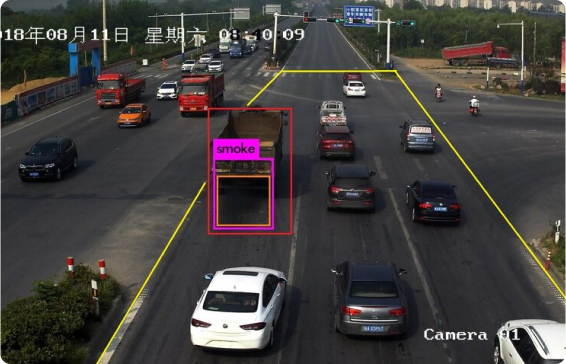

.png&w=256&q=75)




"Samajh.ai ensures smarter, safer traffic management with AI-driven video analytics for real-time monitoring and incident detection."

Continuous monitoring of traffic flow to detect congestion, bottlenecks, and irregularities in real time.

Early detection of accidents, hazardous driving behavior, and potential collision points.
Automatic Number Plate Recognition (ANPR) for vehicle identification and tracking.

Automation of surveillance reduces reliance on manual monitoring, increasing efficiency.

Seamless integration with existing traffic management systems and scalability across city-wide networks.